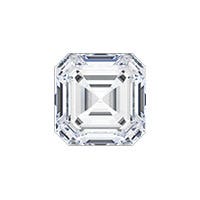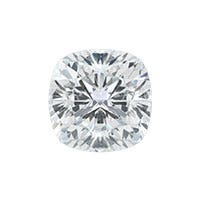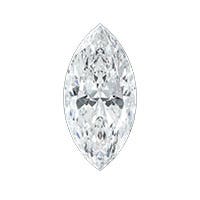No, you cannot see any noticeable color in E color diamonds--at least not with the naked eye. If there is any color in an E colored diamond, it would be incredibly difficult even for a skilled jeweler to see under the best conditions.
Diamonds with a grade of D, E, and F are considered colorless. G-J color diamonds are considered near colorless. K-M color diamonds have faint color. N-R color diamonds fall into the very faint color category. And finally, diamonds with a color grade anywhere from S-Z have light color.
The further down the color scale a diamond's grade is, the less expensive it will be because it shows more visible color. You may now be wondering if S-Z graded diamonds are fancy colored diamonds. They are not. Fancy colored diamonds are graded on a different scale that is based on their color strength.
Diamond-Buying Tips
If you would like a diamond that appears as colorless as possible but are working with a tighter budget, there are a few tricks you can take advantage of to get what you want. To start, you can save some money by choosing an F color diamond. You'd be hard pressed to see the difference between an E color diamond and F color diamond.
Another suggestion it to consider G-H grade diamonds. If you do this, you can still get a diamond that looks colorless to the naked eye.
To make your diamond look whiter and brighter, stay away from yellow or rose gold settings. These warmer metal colors (especially rose gold) will give your diamond a warmer tint and emphasize any yellow in it. Instead, choose a white gold or platinum setting.
Unlike rose or yellow gold, a white gold and platinum will naturally make your diamond color look whiter and brighter.



